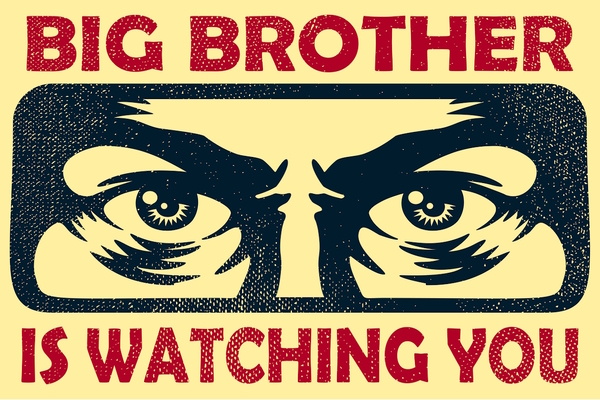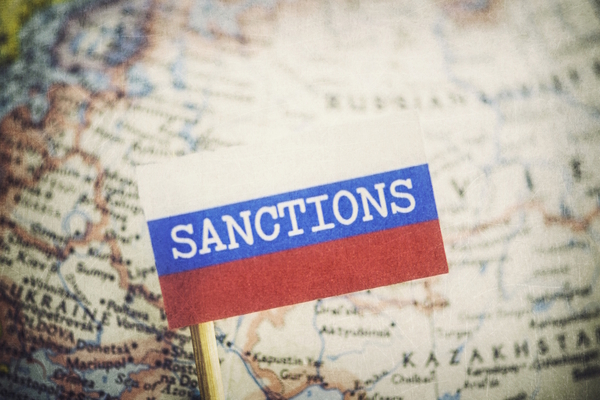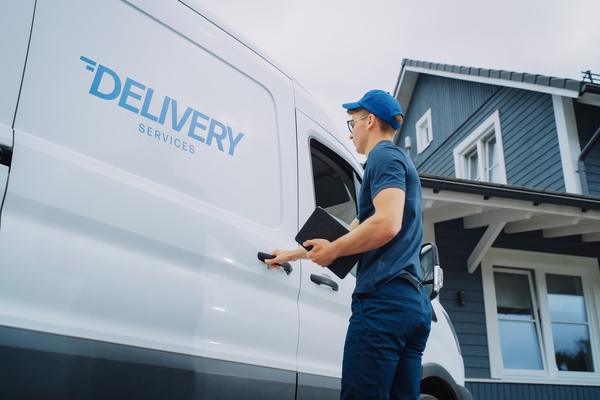Building sustainable supply chains

Craig Summers at Manhattan Associates provides a six-step guide to reducing the carbon footprint of supply chains
According to a 2023 study by Accenture, supply chains are responsible for generating around 60% of all carbon emissions globally. If we are to reach net zero goals and maintain global temperatures within the boundaries set out in The Paris Agreement, decarbonising supply chains is an essential step in tackling climate change.
All too often however, organisations are guilty of ‘greenlighting’, a communications tactic that highlights a relatively small program or product to distract attention away from activities or products elsewhere in the company that are less environmentally positive.
Reducing the carbon footprint of supply chains and serious, long-term, positive environmental gains cannot be looked at singularly through a narrow lens. A more holistic, comprehensive view of the whole supply chain is needed if organisations are to avoid greenwashing claims and make significant, long-term, sustainable green gains.
Below are six strategic, practical steps organisations can take to reduce the impact of their supply chains on the environment.
1. Network design
The best sustainability gains can be achieved as part of a redesign of the wider supply chain network, not one section at a time in isolation. For example, warehouse location decisions should not only be driven by access to customers, but also access to suppliers.
However, there are other areas that need consideration too. For example, what are the multi-modal options available to move bulk deliveries as sustainably as possible? A transportation modeler enables businesses to evaluate the impact of a strategic policy decisions on a transportation network using a digital replica, generating, and comparing alternative policies through a combination of built-in optimisation, simulation, and analytics tools.
While network redesign requires buy-in across the entire business, from procurement to store associate teams, if done effectively, it can lay the foundations for significant environmental gains throughout an organisation’s entire supply chain network.
2. Ongoing tactical modelling
Few businesses have the luxury of being able to relocate, or redesign their networks on a regular basis, however, that should not prevent them from regular evaluations using optimisation, simulation and scenario analysis to improve sustainability and reduce cost as supply chain networks (and the technologies available to them) continue to evolve.
Optimisation engines provide quick initial solutions to specific optimisation problems subject to given constraints and objective terms, while simulation engines can evaluate the cost and business impact of policy changes by pushing demand through the network in a certain way. Finally, scenario analysis enables evaluation of multiple policy combinations in parallel using charts and visualisations.
Measurement, benchmarking and (crucially) business agility are key elements to maintaining a best-of-breed approach to sustainability within any organisation’s supply chain.
3. Strategic procurement
The procurement of transportation capacity is often very rigid, based on transportation types, whereas organisations should really consider intermodal services. For example, long-haul road transportation might be better served within the time constraints by opting for an intermodal option like road-rail-road, but if time is not such a priority on certain items, opting for a different combination of options might prove to be more environmentally expedient.
The key assumption when it comes to procurement is that the entire business, as part of the network design, can and will play their part in the overall sustainability strategy if there are more fluid, greener options available.
4. Planning
The effectiveness of planning optimisation to achieve sustainability goals really depends on the actual starting point. For example, maximising trailer utilisation is a key measure to support the green journey of an organisation, but does near capacity utilisation imply that the most sustainable solution has been achieved?
The most sustainable solution is achieved by looking at the entire lifecycle of transportation by also looking at the empty miles and ‘half empty’ miles, total distance travelled, and time travelled by all modes of transportation involved.
Let’s have a closer look at road transportation in particular and the questions we should be asking: for a single full truckload delivery (manufacturing, wholesale deliveries, large grocery store deliveries), will the trailer capacity be utilised on the return journey and is an organisation considering the returns, backhauls (from suppliers) to reduce empty miles? Or in terms of multidrop (milk run) deliveries, is the sequence the most optimal, or are the trucks driving too many ‘half empty’ miles?
Planning effectiveness and capacity utilisation are all directly linked to network design and tactical modelling decisions that align the optimal mix of equipment types, static, dynamic and hybrid routes, store delivery windows and order frequencies, etc.
By more effective, strategic approaches to supply chain planning, an organisation can truly reach an objective, data-based evaluation of the most sustainable pathway through its entire network, to the end destination, whatever that final destination might be.
5. Carrier selection
Sustainable carrier selection is similar to replacing your fossil-fuel powered vehicles with more efficient vehicles or greener alternatives. Sustainability as a criterion can be incorporated as a performance factor like on time delivery, to provide a fair comparison between carriers.
Measurements are currently based on either estimated or complex calculations, however performance-based measures are already starting to play a more important role in carrier selection as a criteria to select ‘the most sustainable option’.
6. Execution
Sustainable execution is about being able to respond to changes during and even after dispatch. Realistic ETAs based on actual traffic information will reduce unnecessary miles (avoiding the need for a second delivery attempt), while offerings such as digital self-service are aimed at reducing ecommerce returns, as consumers have more autonomy and opportunity to amend and adjust orders right up unto the moment a delivery leaves its fulfilment point, regardless of whether that’s a warehouse, dark-store or physical high-street store.
A strong digital core powered by a cloud-native IT platform, using layers of readily available data and AI capabilities is key to building a resilient supply chain and enabling companies to embed sustainability into the foundations of their supply chains.
In real terms, that means technologies that work in parallel and fluidly with each other will be able to deliver more accurate planning, advanced scenario modelling, product trialling, manufacturing process simulation, transportation optimisation and improved customer transparency. All of these are central factors for organisations looking to make significant long-term commitments to reduce the environmental impact and carbon footprint of their supply chains.
Craig Summers is Managing Director UKI, MEA & Nordics, at Manhattan Associates
Main image courtesy of iStockPhoto.com and metamorworks

Business Reporter Team
Most Viewed
23-29 Hendon Lane, London, N3 1RT
23-29 Hendon Lane, London, N3 1RT
020 8349 4363
© 2024, Lyonsdown Limited. Business Reporter® is a registered trademark of Lyonsdown Ltd. VAT registration number: 830519543
Join the Business Reporter community today and get access to all our newsletters, and our full library of talk show episodes
Join the Business Reporter community today and get access to all our newsletters, and our full library of talk show episodes





